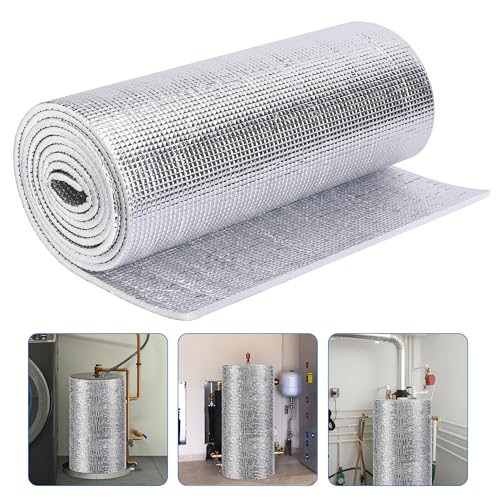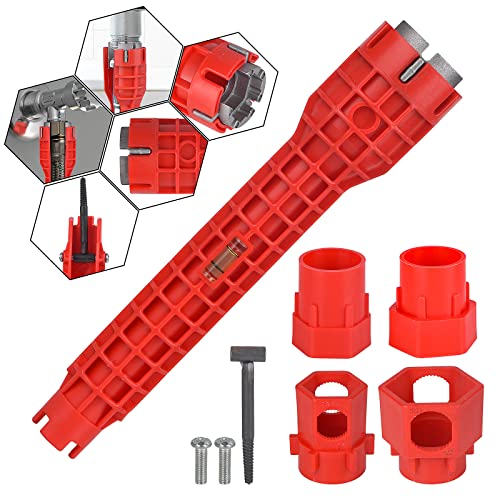NorthernGuy1
Member
So in the last few weeks I've noticed when I flush the toilet upstairs I can hear the tub drain behind me do a chugchug sound that it never did before. A few days later I started smelling sewer gas in the bathroom and had a minor worry my flange seal let go under the toilet, then I did the math. I poured some water into both the shower and tub drains in the same upstairs bathroom and the smell disappeared.
A few weeks go by and I noticed the chugchug is still happening and every few days I need to refill the traps. Again this never happened before. So my best guess is the vent stack is plugged with ice. We had a run of -40s about a month ago and then steady -20 to -30 days and nights. The issue started about the same time.
So thoughts on safely dealing with this? Temps will be below freezing until late May where i live. I've never had a frozen stack before and I can't see ice sticking out of it from my vantage looking from the road. My plan was to drop a bit of sea salt down and then a couple kettles of boiling water. I don't imagine it could hurt anything? It's ABS not clay or iron or anything weird.
Unsure what to do for prevention other than next spring go into the attic and pack/wrap the entire stack and connections in insulation?
A few weeks go by and I noticed the chugchug is still happening and every few days I need to refill the traps. Again this never happened before. So my best guess is the vent stack is plugged with ice. We had a run of -40s about a month ago and then steady -20 to -30 days and nights. The issue started about the same time.
So thoughts on safely dealing with this? Temps will be below freezing until late May where i live. I've never had a frozen stack before and I can't see ice sticking out of it from my vantage looking from the road. My plan was to drop a bit of sea salt down and then a couple kettles of boiling water. I don't imagine it could hurt anything? It's ABS not clay or iron or anything weird.
Unsure what to do for prevention other than next spring go into the attic and pack/wrap the entire stack and connections in insulation?




















































